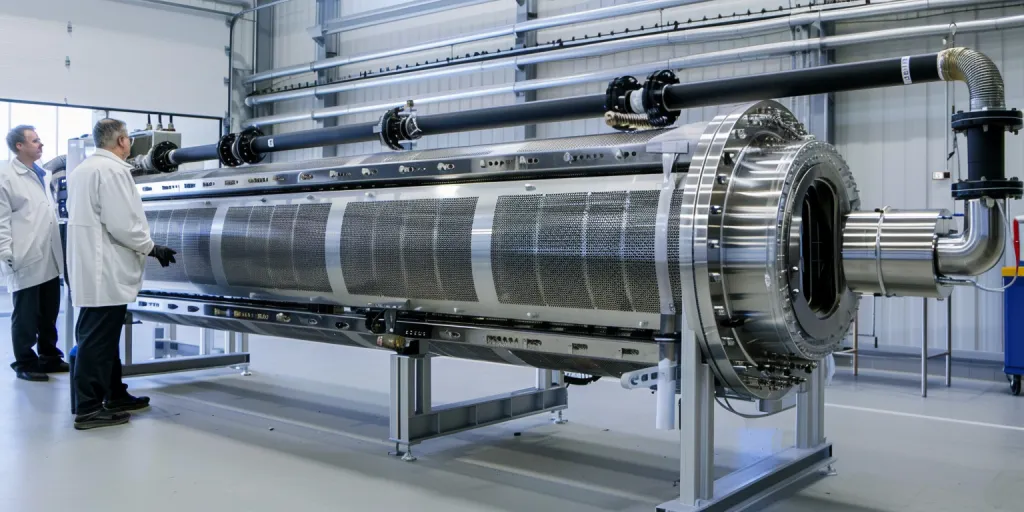For a completely different approach to home climate control, ductless heat pumps are quickly becoming the go-to solution for residential heating and cooling without the need for air ducts. Ductless heat pumps are increasingly being used in home remodels, additions and new construction by people looking for increased comfort and lower energy bills.
In this ultimate guide, we cover the five most important aspects of ductless heat pumps for homeowners, including how they function, what to expect from them during installation, and whether they are the right choice for you.
Table of Contents:
1. How ductless heat pumps work
2. Energy efficiency and cost savings
3. Installation process and considerations
4. Maintenance and longevity
5. Versatility and zoning capabilities
How ductless heat pumps work

Ductless heat pumps – also called mini-split systems – are based on a simple but ingenious principle: instead of using ducts to circulate air through a building, as big HVAC units usually do, they send heat directly from outside a building to inside, and vice versa.
Two major components make up the system: the outdoor compressor unit and one or more indoor air-handling units, linked by a pipe (often no more than 7cm in diameter) requiring little non-concrete where it passes through external walls, containing only a power cable, tubing for the refrigerant gas and condensate drain. The ductless system’s aesthetics therefore lend themselves to much more streamlined installation than ducted systems.
In cooling mode, the indoor unit absorbs heat from the room and transfers it to the outdoor unit, where it is deposited directly into the surrounding air. This same sequence is reversed in heating mode, with the outdoor unit absorbing heat from the outside air (even in cold temperatures) and transferring it indoors. This bi-directional heat transfer capability allows the heat pump outdoor module to be nearly all-heat-pump, for all seasons.
Energy efficiency and cost savings
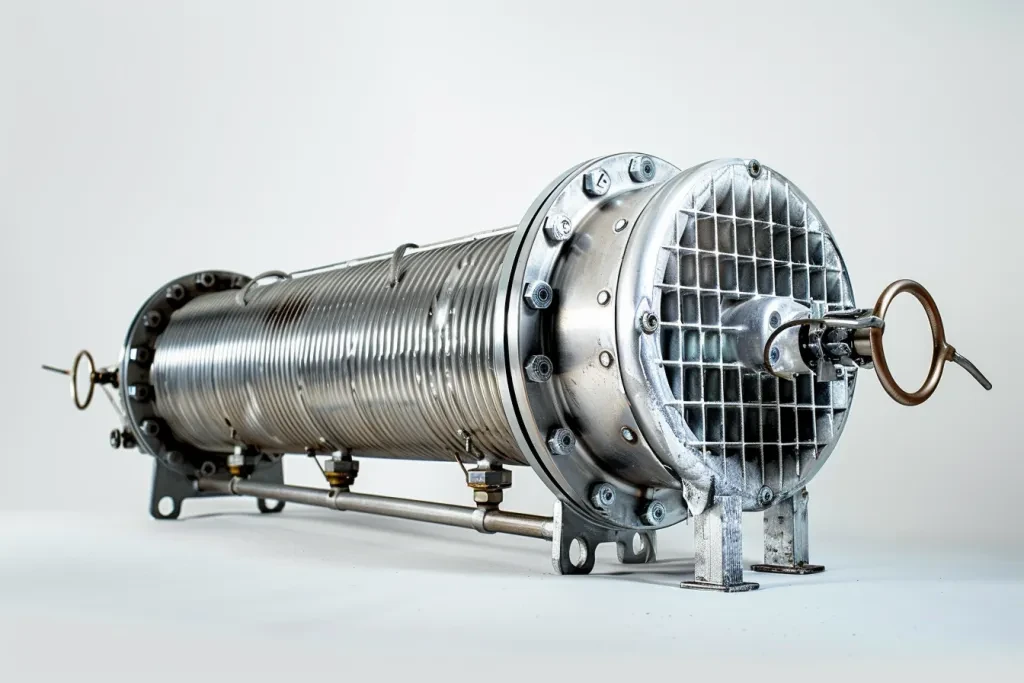
The greatest selling feature of anything from a ductless heat pump is the energy savings. The more efficient an air source heat pump is, the less it is running, saving on energy costs. The ductless heat pump uses an inverter technology, which controls the compressor much better (using variable speeds), and runs with little energy when it’s needed.
A major problem of conventional HVAC is energy losses through leaky ductwork. According to the US Department of Energy, ducted systems can lose between 20 and 30 per cent of their energy through duct leaks and poor insulation. In ductless heat pumps, there is no ducting at all, and air is delivered directly to the place where it is needed.
The energy savings are reflected in lower utility bills. Although a ductless system may cost more than some traditional options, the long-term price difference can be significant. Many users say that their bills go down noticeably within the first year of installation, and, besides that, many utility companies provide rebates and incentives for installing energy-saving ductless heat pumps.
Installation process and considerations
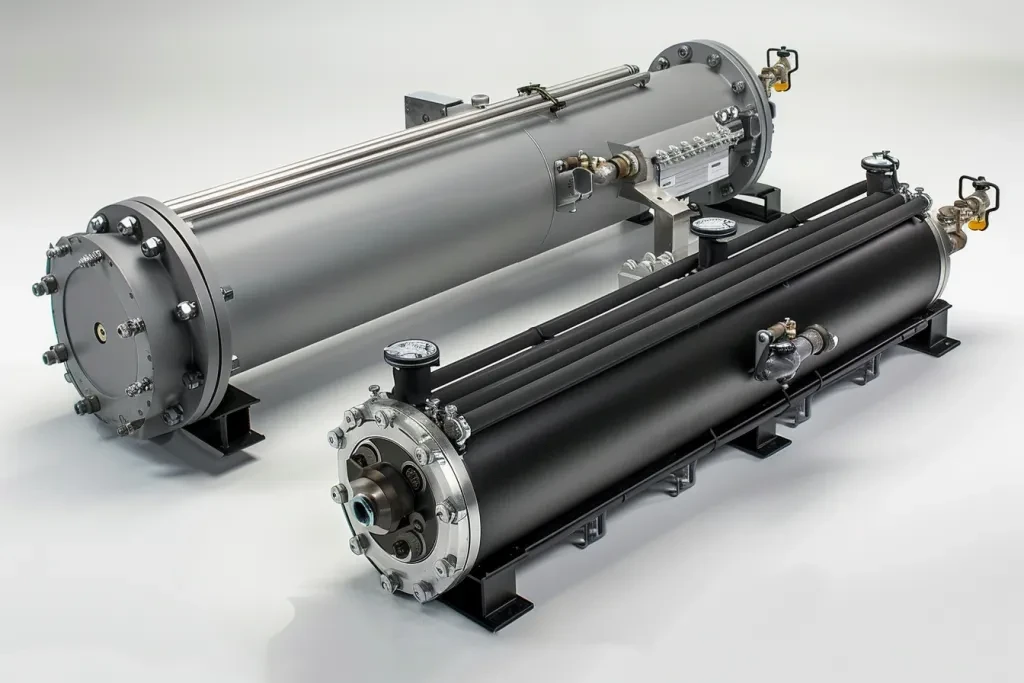
Ductless heat pumps are generally less disruptive and less labour-intensive to install than a ducted system – a site assessment is done by a trained HVAC technician who will evaluate the needs of the property, including its layout, insulation and heating and cooling requirements to determine how many units are needed and where.
The amount of time it takes is about one to two days, depending on how many indoor units they are installing. This includes hanging the units on walls or ceilings, installing the outdoor unit on a solid surface, and running the conduit between them. The conduit that attaches to the indoor unit requires only about a 3-inch hole in the exterior wall, minimising damage to your home.
The first factor to consider in sizing the system (meaning, determining the horsepower that’s necessary) is the right amount of heat output for your space. An undersized system will not heat or cool your home properly, and an oversized system will cycle on and off too often, reducing its efficiency and comfort. All of these calculations depend on the precise, real-world measurement of the heating and cooling loads. Having an expert contractor do this work for you is imperative.
Another thing to think about is where the indoor units are set. Though they afford more freedom than ‘traditional’ vents, it’s worth deciding on their placement to ensure optimal distribution of air as well as your interior design. Some people might feel anxious about the visibility of interior units, but contemporary designs are mostly sleek and subtle.
Maintenance and longevity
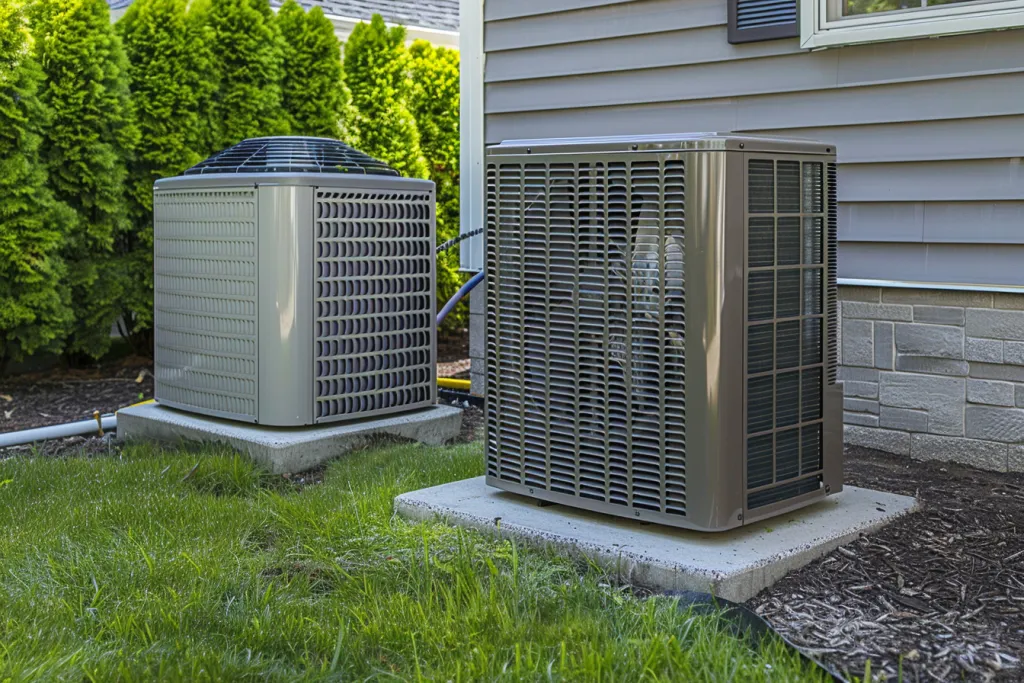
Ductless heat pumps are also remarkably durable, often lasting 15 to 20 years or longer with proper maintenance. Its simplicity (with less than a dozen parts) as well as fewer moving parts is why these systems are so durable and require less maintenance.
Regular maintenance is one of the most important steps that you can take to make sure your ductless heat pump operates at peak performance. The most crucial component of an air conditioner’s internal processes, is its air filters, so cleaning or replacing the air filters in your indoor units every one to three months ( depending upon the usage and environmental factors ) is a very important step to make sure your system operates at its maximum efficiency, which will lower your energy usage, save you money and it’s a great way to help in maintaining good air quality.
Having the system taken in for a tune-up once a year by a professional will also ensure proper operation. The technician will inspect the indoor and outdoor units, check the refrigerant levels, and replace any worn parts or filters. The condensate drain will likely be cleaned to ensure that nothing has clogged and caused water damage or a system short-circuit.
Another benefit of these ductless systems is that, since there’s only one thermostat per zone, it’s generally simpler to isolate troubleshooting if there’s a problem with a specific indoor unit. The affected zone won’t cease to function, so you can still remain comfortable in any of the other zones while the troubled unit is being repaired. The modular design can also make for easier and (potentially) less costly repairs than a centralised system.
Versatility and zoning capabilities
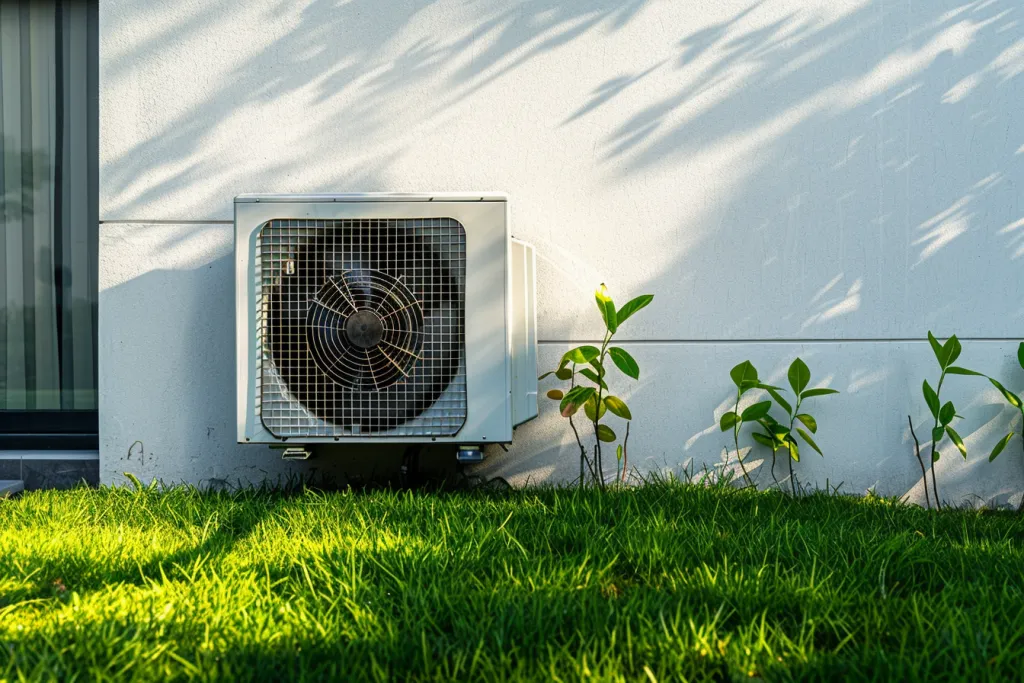
Ductless heat pumps are perhaps the most flexible way to control your home’s climate. They can be zoned, so that you can heat and cool certain areas of your home independently – a great benefit when your home has disparate comfort needs or rooms that you’re not currently using.
Each indoor unit operates completely separately so you can set different temperatures in different rooms (which can result in big energy savings when you zone by conditioning only the spaces you’re using). You can keep your bedrooms cooler as you slumber at night and reduce conditioning in other less-used parts of your home.
Their adaptability makes them a fit for a wide array of applications – they’re especially good for room additions, sunrooms or converted attics where extending ductwork would be impracticable or costly. They’re also ideally suited for older homes without existing ductwork, and historic properties where preserving architectural features is a priority.
Ductless heat pumps are essentially the same thing, and we’re beginning to see them in commercial spaces, especially in buildings with multiple tenants or tenancy turnover that leads to differing heating or cooling needs. Indeed, mini-split systems can provide more tenants with more individualised climate control, increasing tenant comfort and satisfaction in offices, retail spaces and hospitality settings alike.
Further, with innovations in heat pump technology, the heat pump’s range of operation has been extended. As a result, ductless heat pumps can provide sufficient heating at temperate levels that allow for year-round comfort in a broad swath of geographic areas and climates.
Conclusion
As a result, ductless heat pumps provide a rare combination of energy efficiency, flexibility, and ease of control over temperature. Their design solves many of the problems of central heating and cooling. For many homeowners, their flexibility is an ideal fit for modern life. They might not be perfect, but they have much to recommend them. From a home heating and cooling perspective, they are worth serious consideration. As technology improves, it seems likely that ductless heat pumps will continue to find more and more use in residential and commercial climate control.
